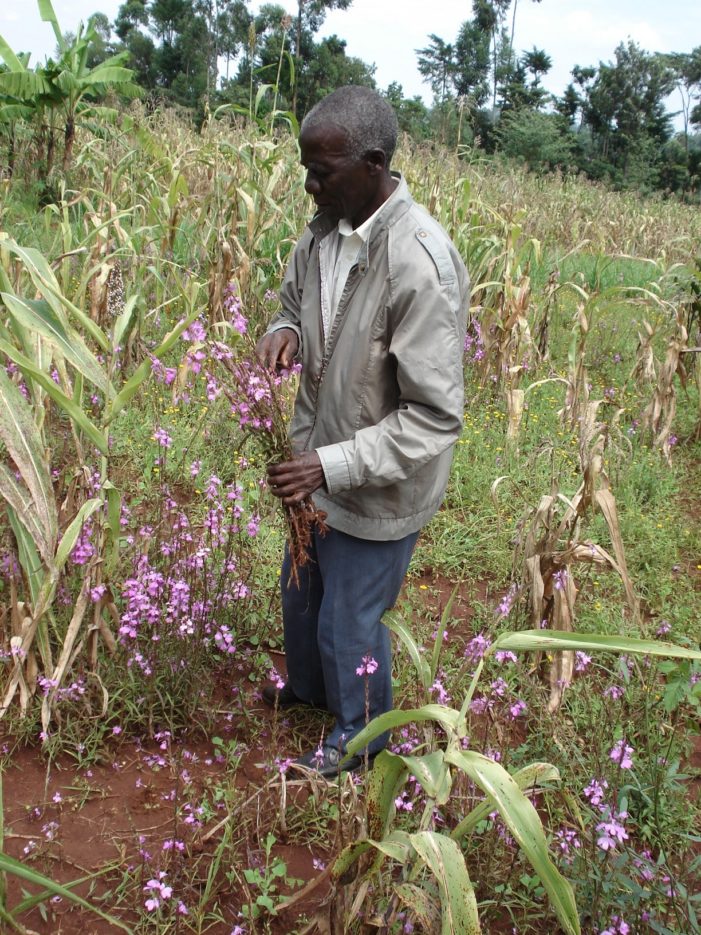The current levels of infestation and the rate at which the Striga, a parasitic weed that seriously constrains the productivity of staples such as maize, sorghum, millet and upland rice is growing is devastating, the Ministry of Agriculture says.
Opolot Okasai, the director of crop resources in the agriculture ministry, said the weed has been spotted in predominantly maize-growing districts – Masindi and Kiryadingo – in the western region but the infestation is not as high as that reported in Namutumba, Bukeadea, Namuyingo, Kumi, Butaleja, Budaka, Kaliro, Pallisa, Kamuli, Tororo, Iganga, Busia and Bugiri.
Government says about 80% of the maize in those districts is affected and the attack by the toxic weed has put the income and lives of cereal farmers at risk.
The toxic weed has also attacked cereal crops in Moyo, Arua, Lira, Kasese, Yumbe, Maracha, Kitgum, Amuru,Lira and Kamwenge.
The deadly striga
Mr Okasai likened the weed to HIV/Aids, saying the impact is greater in areas experiencing loss of soil fertility. The weed survives by siphoning off water and nutrients from the crops for its own growth. It causes serious damage to its host crop before emerging from the soil by producing phytotoxins which are harmful to the host crop. Upon attachment to host roots, it withdraws photosynthate, minerals and water, resulting in characteristic “witch” appearance of the host crop manifested by stunting and withering. Striga infests as much as 40 million hectares of smallholder farmland in the region and causes yield losses ranging from 20–80% and even total crop failure in severe infestation. Striga seeds remain dormant and viable in the soil for up to 20 years. With every planting season, some of the dormant seeds, stimulated by crop exudates, germinate and infest the host crop while reproducing and increasing the Striga seeds in the soil thus escalating the problem.












